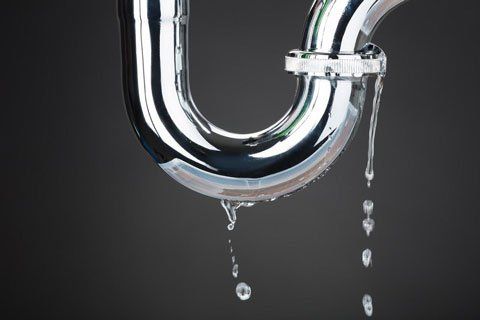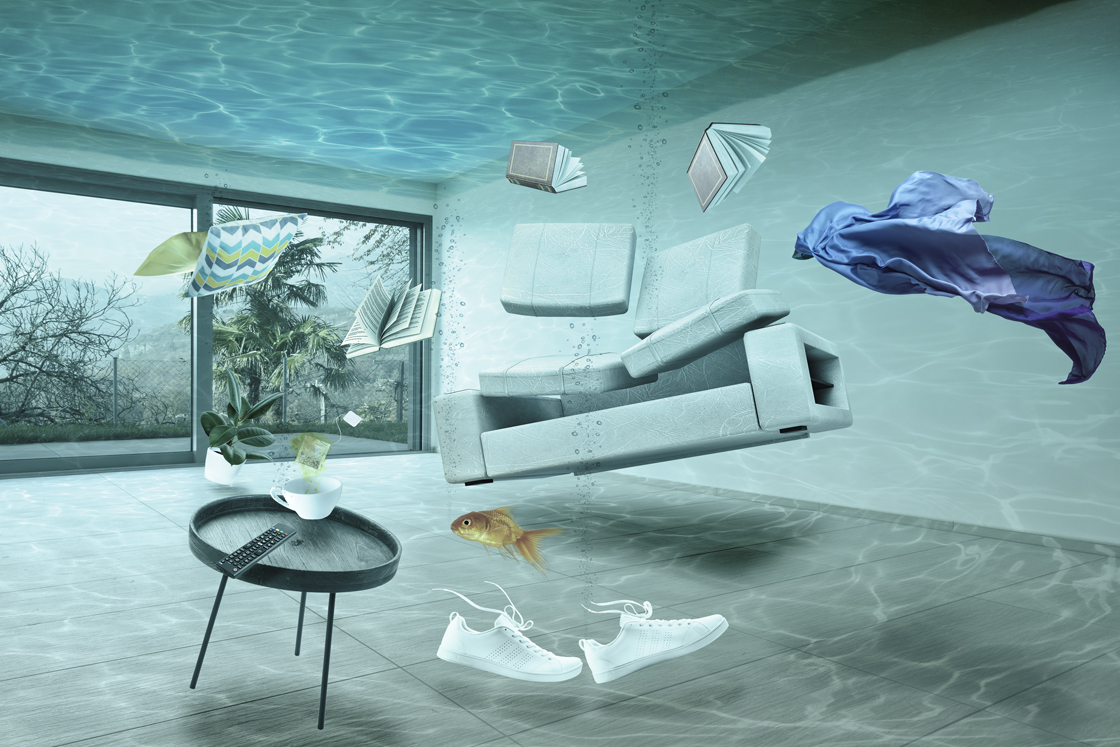Just how to Examine If Your Residence Has a Surprise Leakage
Just how to Examine If Your Residence Has a Surprise Leakage
Blog Article
On this page below you will find a bunch of excellent facts pertaining to Top leak detection hacks.

Early detection of dripping water lines can alleviate a prospective calamity. Some small water leaks may not be noticeable.
1. Analyze the Water Meter
Every residence has a water meter. Inspecting it is a proven way that aids you discover leaks. For beginners, switch off all the water resources. Make certain no person will certainly flush, make use of the faucet, shower, run the washing maker or dishwashing machine. From there, most likely to the meter as well as watch if it will certainly alter. Given that nobody is utilizing it, there ought to be no activities. If it moves, that shows a fast-moving leakage. If you spot no modifications, wait a hr or 2 and check back once again. This indicates you might have a slow-moving leakage that can also be below ground.
2. Inspect Water Usage
Evaluate your water bills and track your water intake. As the one paying it, you must discover if there are any disparities. If you identify sudden changes, in spite of your consumption coinciding, it indicates that you have leaks in your plumbing system. Bear in mind, your water bill must fall under the exact same array monthly. An abrupt spike in your bill suggests a fast-moving leakage.
On the other hand, a consistent rise on a monthly basis, even with the same practices, shows you have a sluggish leak that's likewise slowly intensifying. Call a plumber to thoroughly examine your residential or commercial property, particularly if you feel a cozy area on your flooring with piping beneath.
3. Do a Food Coloring Examination
When it comes to water intake, 30% comes from bathrooms. If the shade in some way infiltrates your bowl throughout that time without flushing, there's a leakage between the tank as well as dish.
4. Asses Outside Lines
Do not forget to examine your outside water lines also. Must water permeate out of the connection, you have a loosened rubber gasket. One little leak can waste heaps of water and spike your water expense.
5. Check and also Assess the Scenario
Home owners should make it a routine to check under the sink counters as well as also inside cabinets for any type of bad odor or mold and mildew development. These two red flags suggest a leakage so timely interest is called for. Doing routine evaluations, also bi-annually, can save you from a significant problem.
Examine for discolorations and deteriorating as most pipes as well as devices have a life span. If you believe dripping water lines in your plumbing system, don't wait for it to escalate.
Early detection of leaking water lines can reduce a prospective catastrophe. Some small water leakages might not be noticeable. Inspecting it is a guaranteed method that assists you find leaks. One tiny leak can waste tons of water and also increase your water expense.
If you presume leaking water lines in your plumbing system, don't wait for it to rise.
WARNING SIGNS OF WATER LEAKAGE BEHIND THE WALL
PERSISTENT MUSTY ODORS
As water slowly drips from a leaky pipe inside the wall, flooring and sheetrock stay damp and develop an odor similar to wet cardboard. It generates a musty smell that can help you find hidden leaks.
MOLD IN UNUSUAL AREAS
Mold usually grows in wet areas like kitchens, baths and laundry rooms. If you spot the stuff on walls or baseboards in other rooms of the house, it’s a good indicator of undetected water leaks.
STAINS THAT GROW
When mold thrives around a leaky pipe, it sometimes takes hold on the inside surface of the affected wall. A growing stain on otherwise clean sheetrock is often your sign of a hidden plumbing problem.
PEELING OR BUBBLING WALLPAPER / PAINT
This clue is easy to miss in rooms that don’t get much use. When you see wallpaper separating along seams or paint bubbling or flaking off the wall, blame sheetrock that stays wet because of an undetected leak.
BUCKLED CEILINGS AND STAINED FLOORS
If ceilings or floors in bathrooms, kitchens or laundry areas develop structural problems, don’t rule out constant damp inside the walls. Wet sheetrock can affect adjacent framing, flooring and ceilings.
https://www.servicemasterbyzaba.com/blog/how-to-detect-water-leakage-in-walls/

As a passionate person who reads on Leaking water lines, I thought sharing that excerpt was a great idea. Sharing is good. One never knows, you might be doing someone a favor. Many thanks for your time. Visit again soon.
Report this page